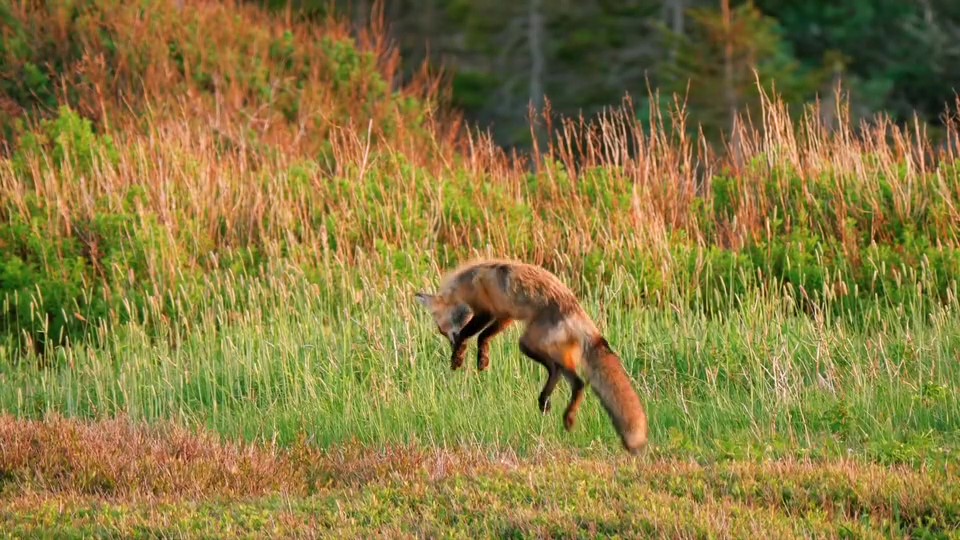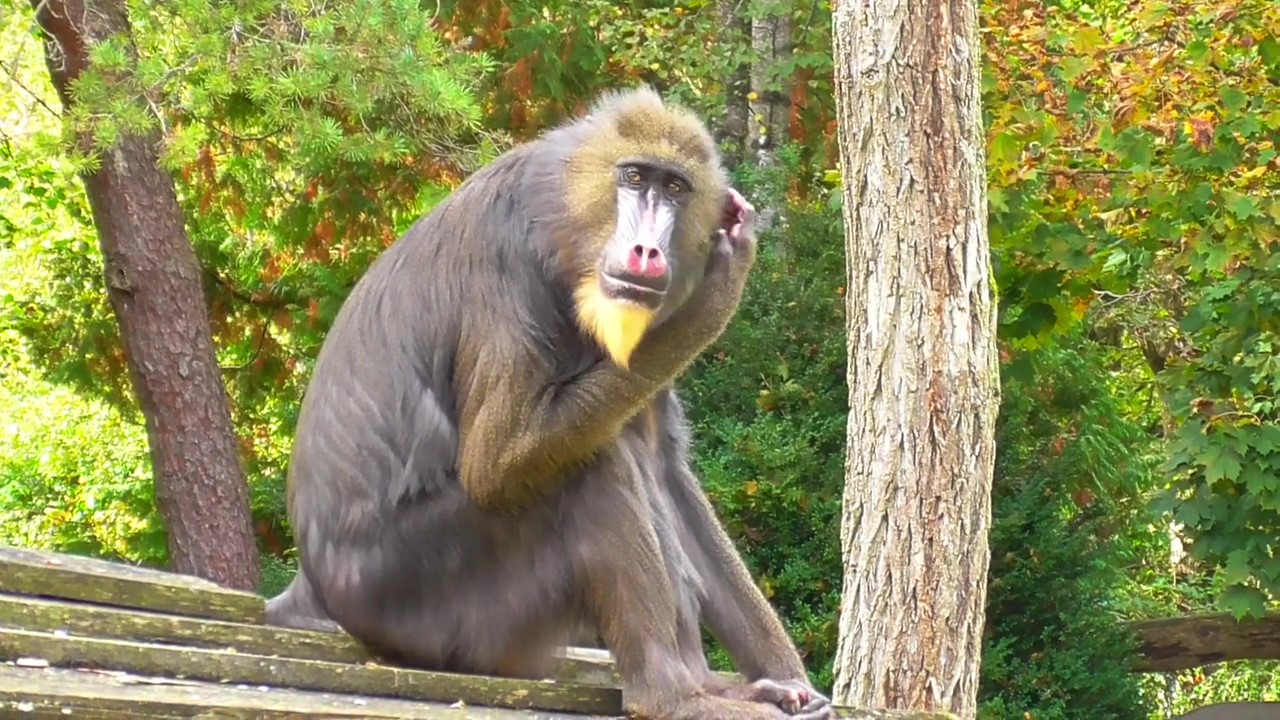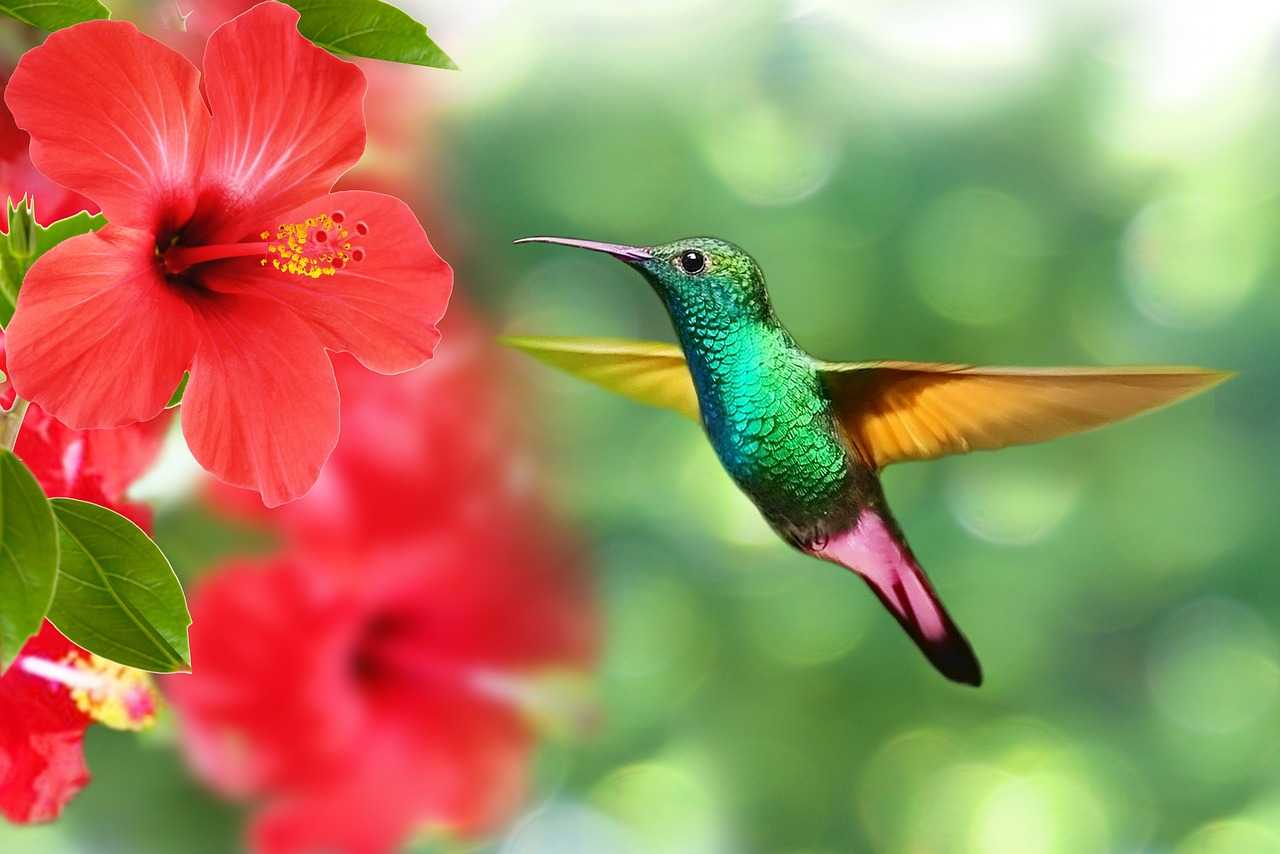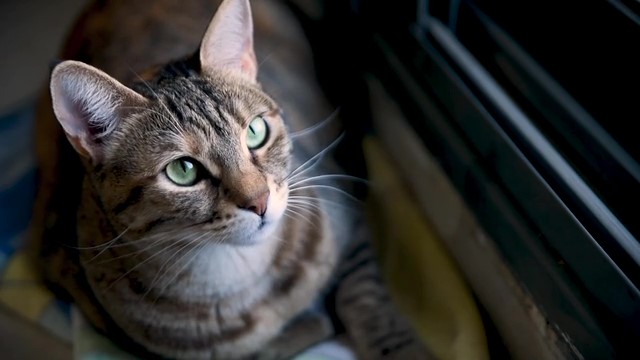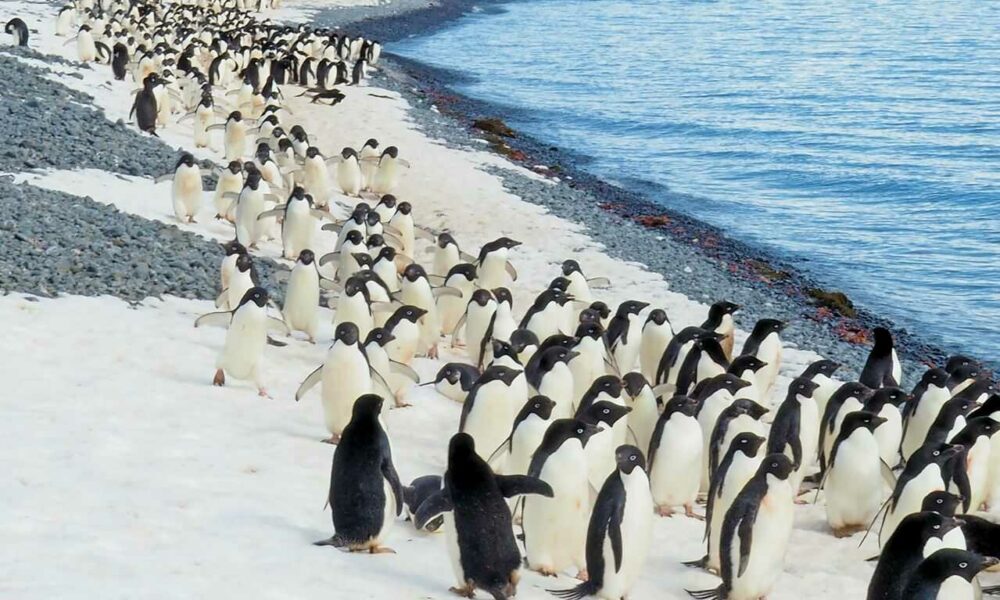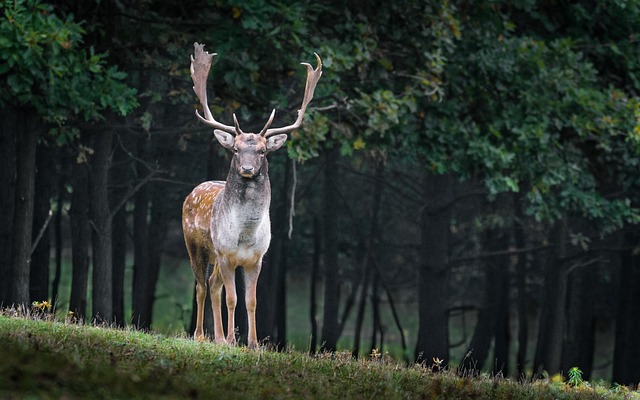
Steller Sea Lion
Steller Sea Lion
Steller Sea Lion
Many of you may have seen it at an aquarium once! Yes, it’s a steller sea lion! They are very interesting animals that entertain us with their tricks during shows. However, did you know that they have a complicated relationship with humans behind the scenes? I hope this page will make you more interested in steller sea lions!
Steller Sea Lion Basic Infomation

Mammalia-Carnivora-Otariidae-Steller Sea Lion genus.
Length male:3.3m female:2.5m.
Weight male:1,000kg female:273kg.
The main habitat of the Steller sea lion is the sea in the northern hemisphere, and they can also be seen on the Japan Sea side and in the northern Pacific Ocean of California.
The Steller sea lion is the largest of the sea lion family, and there is a wide difference in weight between males and females.
The body color is light brown, and it becomes darker from around the belly. Females are slightly lighter in color, but Steller sea lion babies are black. As males approach adulthood, they grow hair like a mane on their necks, which is also a characteristic feature.
The ears, called pinnas, are clearly visible and are also a distinguishing feature from other marine mammals such as walruses and seals.
Their loud voice can be heard several kilometers away, which is also a characteristic feature. Steller sea lions are nocturnal and often rest on land during the day. They are social creatures and generally live in groups.
The breeding season is around May to July, and males create harems with 10 to 15 females. Males are desperate to leave their own children behind, so large groups of males sometimes accidentally step on babies that are still growing.
You can feel the tremendous spirit of Steller sea lions who are preoccupied with breeding and don’t pay attention to other people’s children.
The gestation period for Steller sea lions is very long at one year, and they give birth to one child at a time. They are said to have a lifespan of 20-30 years.
Steller Sea Lion Q&A

Where does the name Steller sea lion come from?
In Japanese, the Steller sea lion is called “todo”. First of all, why is it called “todo” in Japanese? Let me introduce you to the origin of the name. When you think about it, “todo” is a strange name. Actually, “todo” was originally a Japanese name and is said to have come from the Ainu word “Tonto”.
First of all, “Tonto” means “processed animal meat” in Ainu language. The Ainu culture has a deep relationship with the Steller sea lion, and there are stories about using Steller sea lion meat and oil or “tricking Steller sea lions to get their meat”.
Let’s take a look at the origin of the English and Chinese characters. In English, it is called “Steller sea lion”, and in Chinese characters it is written as “kaiba” and read as “todo”.
It is said that “Steller sea lion” looks like a lion’s mane because of the hair that grows on it, and that “kaiba” looks like a horse because of the way Steller sea lions jump out of the water.

Why does Steller Sea Lion live so close to the coast?
When it comes to Steller sea lions, they are animals that live in cold seas and often live near the coast. Although Steller sea lions often rest on land, why do they live near the coast in the first place?
It is said that “food” may be related.
Steller sea lions during the day do not seem to be particularly good at long dives. The average depth is 50m and the time is about 2 minutes. Steller sea lions at night can dive a little longer if they try hard, but compared to other marine mammals, they are on the shorter side.
Therefore, it is thought that there is a reason why they prefer to live near the coast, which is a distance where they can catch food relatively quickly and return home.
However, if they simply swim straight ahead instead of diving, it is said that they can swim 20km one way. So there may be other reasons why they prefer to live near the coast.

What does Steller Sea Lion always eat?
Basically, they eat squid, octopus, and fish. Sometimes they eat small seals. They also eat an incredible amount of seafood, up to 18kg per day.

What is the difference between a Steller Sea Lion and a walrus?
These two animals, which are characterized by their large bodies, look very similar. Let’s explore the differences between Steller sea lions and walruses.
①The easiest way to tell the difference between Steller sea lions and walruses is whether they have “tusks” or not. Steller sea lions do not have tusks, but walruses have two splendid tusks. However, some walruses still have newly grown tusks that are not visible or have pulled out their tusks due to tooth decay.
②Also, Steller sea lions have only 20-30 whiskers around their mouths, while walruses have more than 400 whiskers.
③And as mentioned in the basic information, Steller sea lions have a pinna in their ears. Walruses also have ears, but they only have a small hole.

Is Steller Sea Lion's personality scary?
Steller sea lions have a large, chubby body with a wide-open mouth and can look a little scary at first glance, but they are surprisingly gentle.
They seem to be a little timid, but they listen carefully to the instructions of the keepers during aquarium shows and may be more calm than you think.
However, in the wild, it’s a different story. There was an incident where a crew member was thrown by a Steller sea lion when he tried to help a Steller sea lion that had become entangled in the net of a fishing boat.
Fortunately, it didn’t turn into a big deal, but if you find a wild Steller sea lion on the coast, it’s probably best not to get too close.

Does the Steller Sea Lion have natural enemies?
Steller sea lions may have a chubby and strong-looking body, but they also have enemies.
That would be the killer whale. There are also opinions that polar bears are enemies, but it’s not clear because they live in different places.
However, polar bears are also quite strong animals, so if Steller sea lions lived in the Arctic… there would be a good chance that they would be attacked by polar bears.

Is it true that Steller Sea Lion is being extermination?
To put it simply, it’s true. So why is the Steller sea lion being targeted for extermination?
The Steller sea lion is an animal that has been familiar to Japan since ancient times, but it is actually an animal known as the “gang of the sea”. As a result, damage caused by Steller sea lions to fishing in the vicinity of Hokkaido became a major problem. The damage was serious, with fishermen taking squid and octopus they had caught and eating them, or tearing nets apart and eating fish.
As a result of thinking that this could not continue, Hokkaido designated the Steller sea lion as a harmful animal and began to exterminate them with “Steller sea lion shooting”.
This involves using real bullets to shoot Steller sea lions from a distance with guns. However, Hokkaido was having trouble getting the results they wanted and eventually requested that the Self-Defense Forces carry out the extermination.
On March 26, 1967, fighter jets fired machine guns from above.
After the shooting, it was not clear whether any Steller sea lions had been exterminated or not. There were also opinions that none of them were exterminated. The cost of the SDF’s mass shooting was said to be 100 million yen in 15 minutes, and this operation was discontinued after that.
Nowadays, it seems that fishermen are using guns to exterminate Steller sea lions themselves, but there have been international condemnations.
Steller sea lions were once designated as endangered species as well. However, after Japan limited the number of Steller sea lions that could be exterminated, they were removed from the Red List of endangered species.
We must engage in fishing in order to survive, and Steller sea lions will die if they do not eat. Some people are worried about what will happen to this problem in several years or decades… The voices of those who are concerned about the future seem to be increasing.

Would you like to become a part of the 'Animalbook.jp'?
Turn your knowledge into Q&A and share it with the world. ※Publication will be activated after purchase. Let's share information together!
Steller Sea Lion Type of List

- Steller Sea Lion
Information
Congratulations! You are the first commenter!

Would you like to leave a comment?
※Please note: This is for the purchase of rights to post comments within the article.
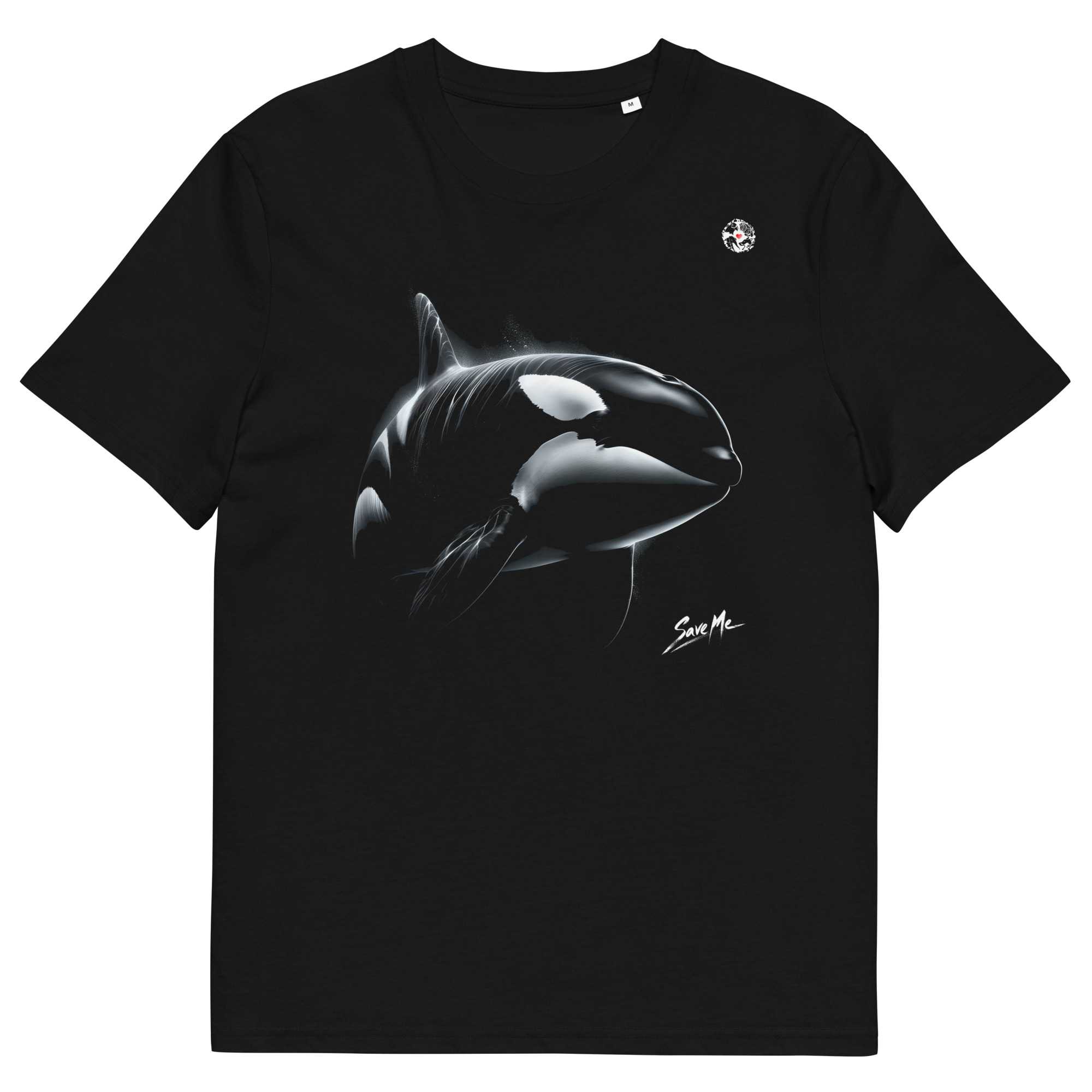
Find Your Favorites!
Our shop offers a unique and attractive selection of goods themed around various animals.
Steller Sea Lion References

- ブリタニカ国際大百科事典 小項目事典
- ウィキペディア https://ja.wikipedia.org/wiki/トド
- NATIONAL GEOGRAPHIC https://natgeo.nikkeibp.co.jp/nng/article/20141218/428865/
- いきものログ https://ikilog.biodic.go.jp/rdb/zukan/?_action=rn010
- Aquamarine Fukushima https://www.aquamarine.or.jp/animals/steller-sea-lion/
- おたる水族館 https://otaru-aq.jp/staff/forseal
- トドのひみつ 環境省 https://www.env.go.jp/park/shiretoko/topics/data/090903b_10.pdf
- 海鮮アクアリウム https://kaisen-aquarium.com/todo-792/#i-5
- 環境省 https://www.env.go.jp/press/files/jp/20549.pdf
- 日本オオカミ協会 https://japan-wolf.org/2011/04/30/自衛隊
Steller Sea Lion Introduction of media used
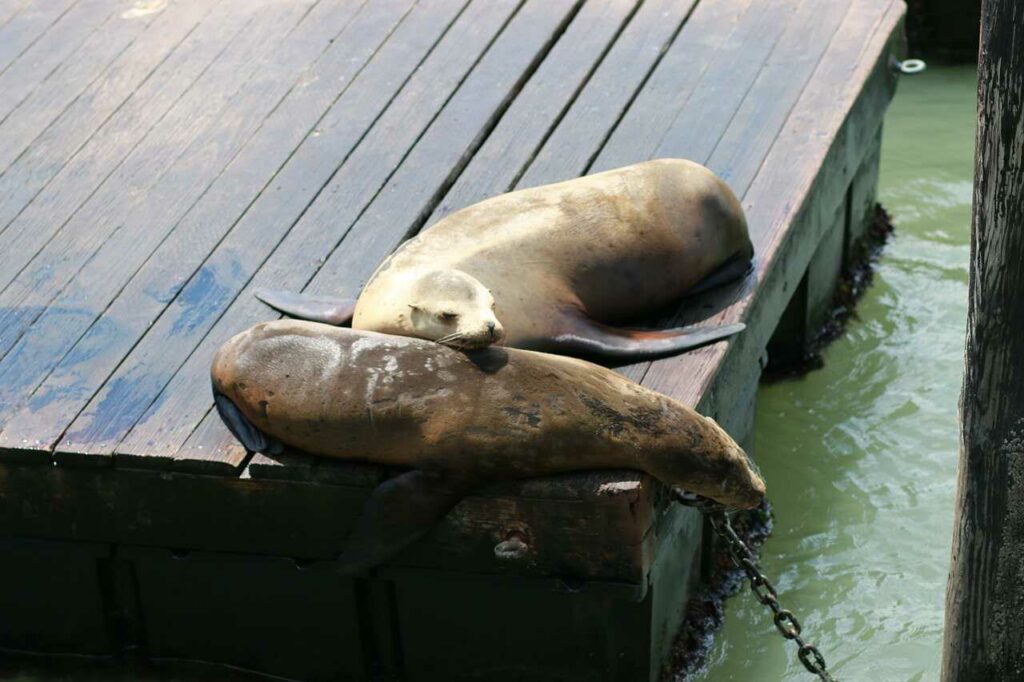
出典:https://pixabay.com/images/id-928025/
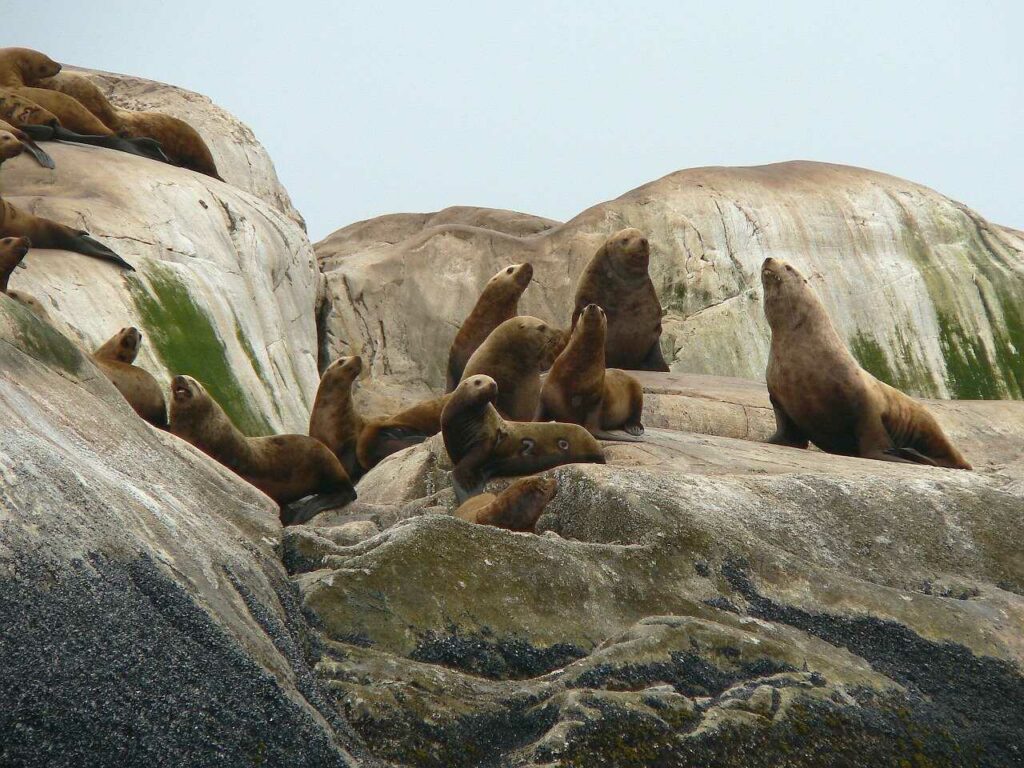
出典:https://pixabay.com/images/id-80649/

出典:https://unsplash.com/photos/oUVMedoK4uY
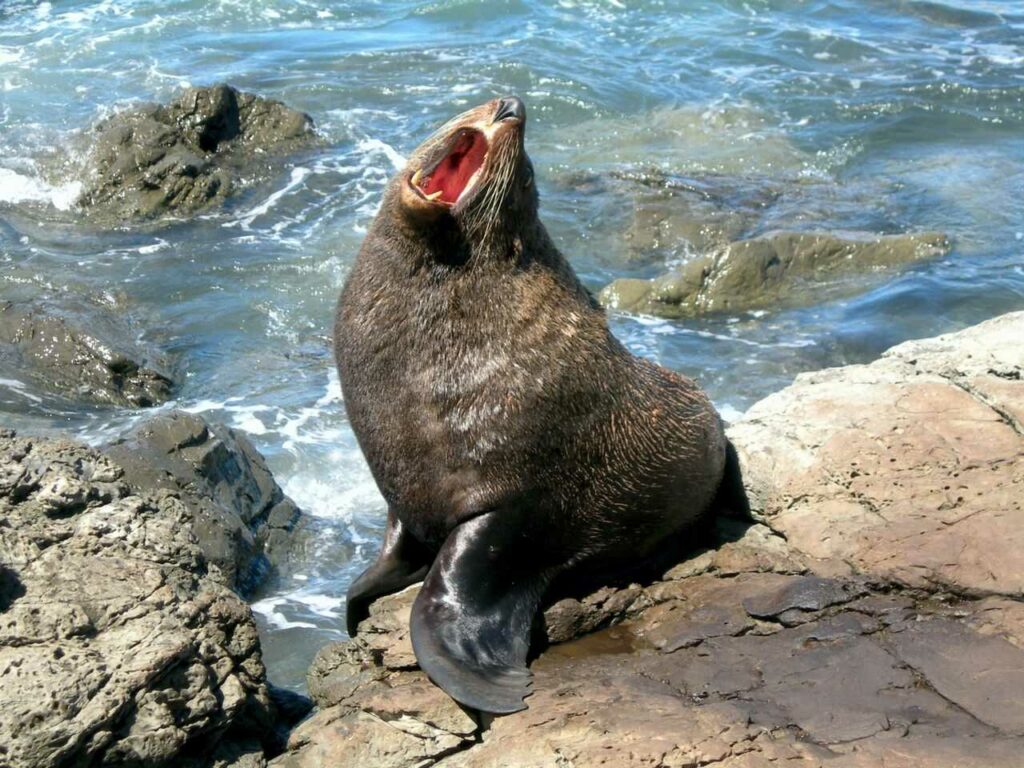
出典:https://unsplash.com/photos/gzJnn5vjirQ
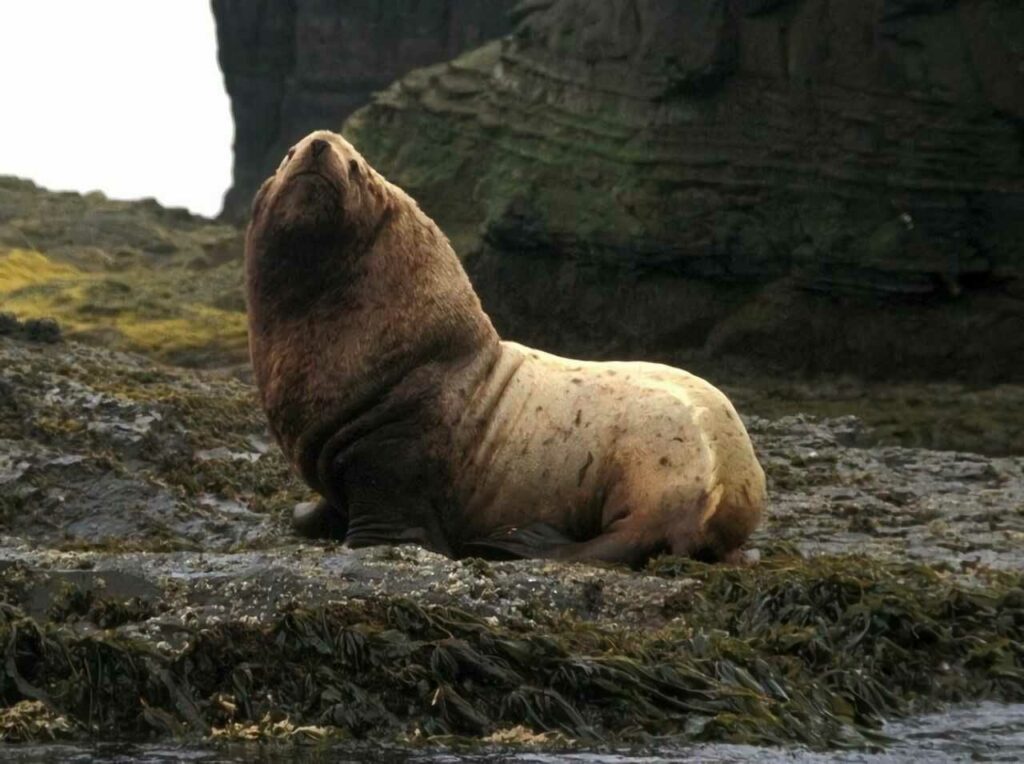
出典:https://pixabay.com/images/id-86568/
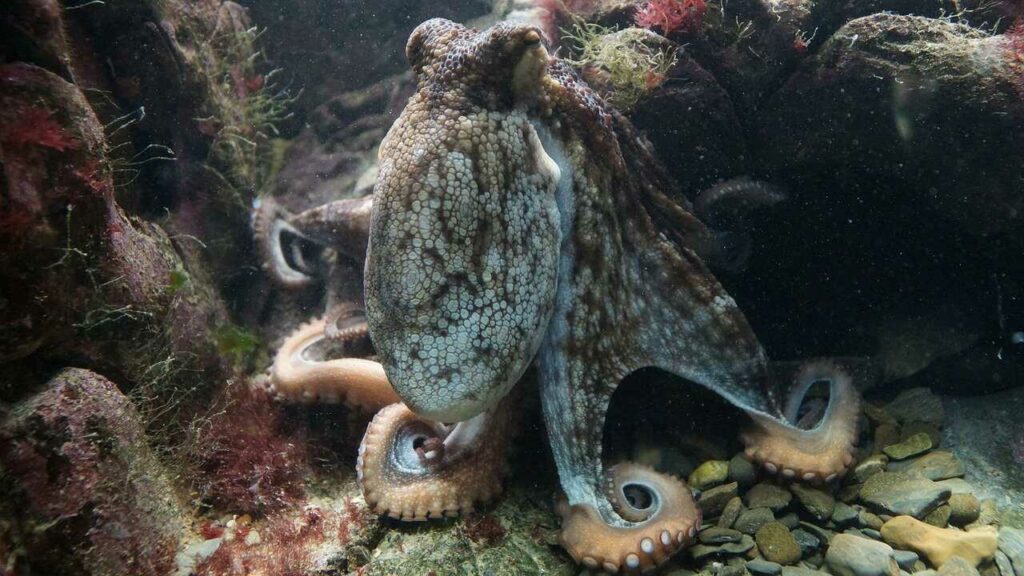
food
出典:https://pixabay.com/images/id-428745/

food
出典:https://pixabay.com/images/id-1656506/
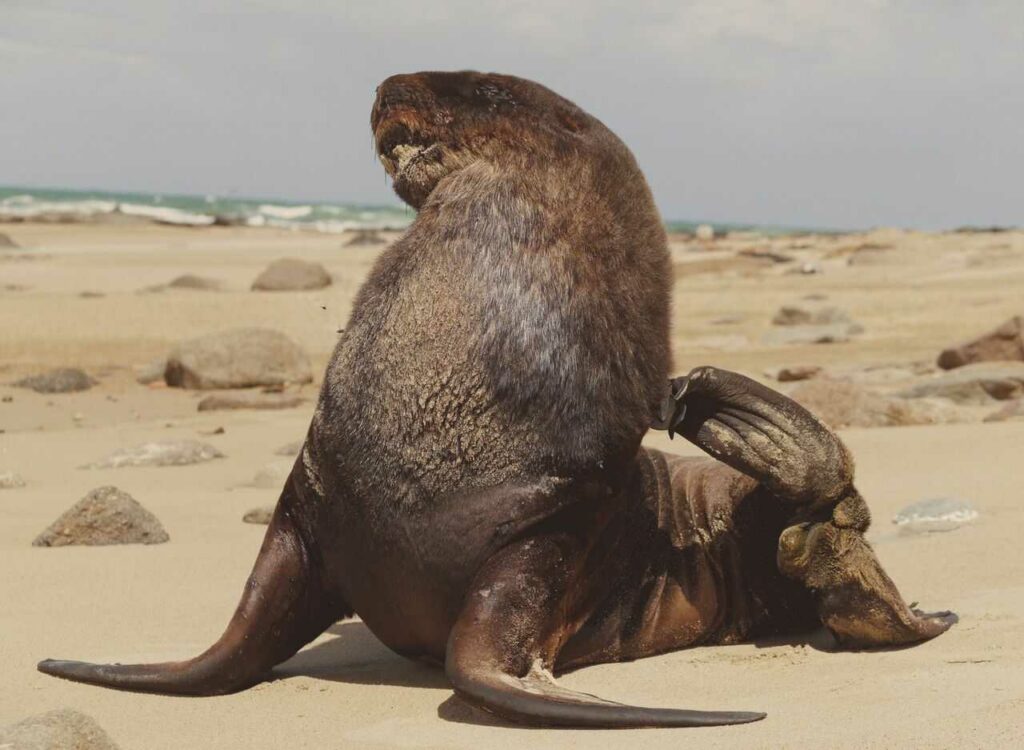
出典:https://unsplash.com/photos/b-fn5cgetP0

出典:https://pixabay.com/images/id-2571368/

出典:https://pixabay.com/images/id-2524806/

enemy
出典:https://pixabay.com/images/id-1439621/
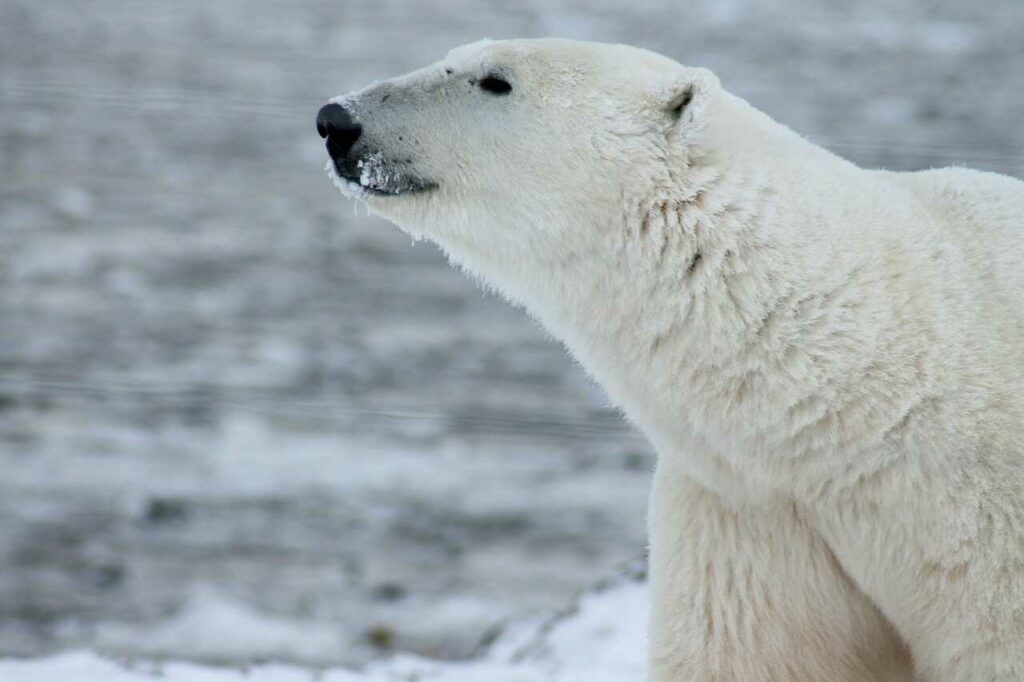
enemy
出典:https://pixabay.com/images/id-404315/
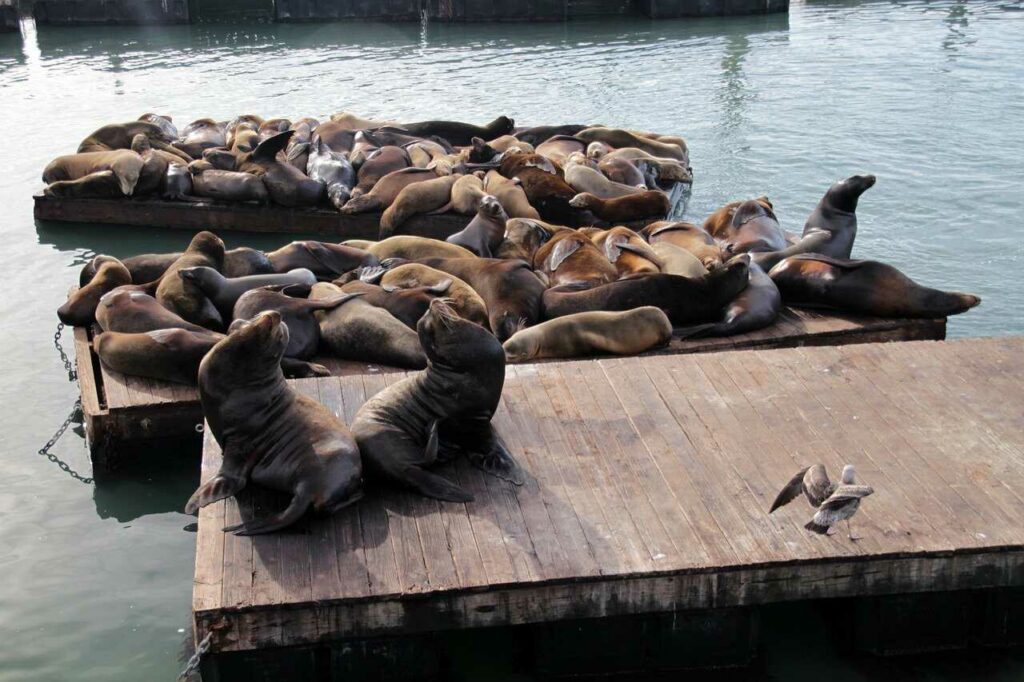
出典:https://pixabay.com/images/id-5042255/

Help Enrich Our Animalbook.jp with Your Media!
We are constantly looking to expand and enrich our Animalbook.jp with amazing photos and videos of animals. If you have any media that you'd like to share, please contribute and help us showcase the beauty and diversity of the animal kingdom. Your submissions will be credited and featured in our encyclopedia, reaching a wide audience of animal lovers.

